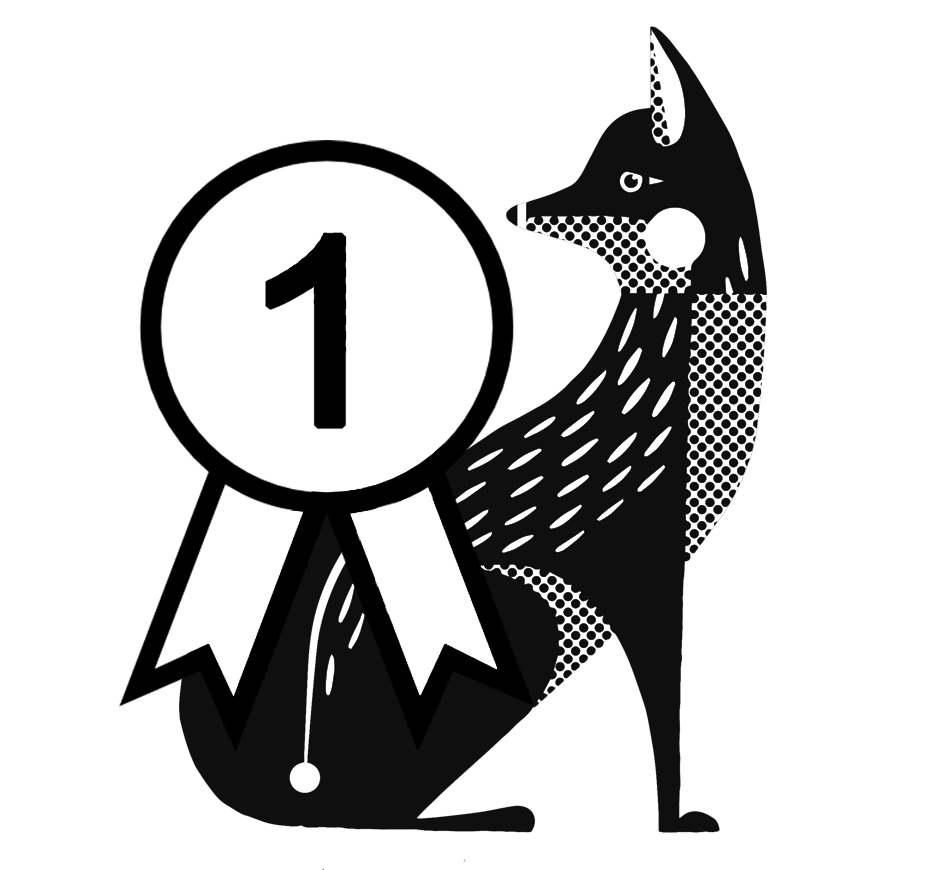What effect does Bonfire Night have on the environment? This is a good question. Although the 5th November brings joy, colour, and community activities to most of the UK, it also delivers a slew of damaging chemicals, non-recyclable trash, and persistent pollutant particulates that remain in the air long after the sparklers have gone out.
Wildlife in particular has a terrible time around 5th November. Animals can be burned by bonfires, scared by fireworks, injured from the rubbish left behind, and generally disturbed by the influx of people, pollution, and noise in their environment. Hedgehogs might be the creature that springs to mind first of all, but the truth is that all kinds of animals can be upset by a bonfire party. With that in mind, here are some of the best eco friendly ways to have a bonfire night party.
1. Go To An Organised Event

Attending a public display in your area is one of the best ways to enjoy a wildlife-friendly bonfire celebration. Gathering at one location for a larger show produces fewer emissions than a series of small, private activities. Many displays are also organised to raise funds for local companies and businesses, so you'll not only get to watch a magnificent show, but you'll also be helping to make a difference.
Dissuade your friends from organising their own fireworks show. By all means, have a party, enjoy yourself, but go to your neighbourhood public display for the truly exciting part of the night.
2. Don’t Use Sky Lanterns

Some components of sky lanterns or Chinese lanterns may take up to a year to biodegrade, making them anything from environmentally benign. When lanterns fall to the ground, they can represent a significant danger to animals.
Sharp components, such as the wire frame, may rip and pierce an animal's oesophagus or stomach, resulting in internal bleeding. Animals could also get entangled in falling lantern frames, where they might suffer damage and stress while attempting to free themselves or starve to death as a result of being stuck. Lanterns that fall into the water harm marine life as well. While some biodegradable alternatives are now available, they could still take decades to decompose. Instead, use fixed lanterns, outdoor lights, eco friendly lanterns or candles.
3. Use The Right Materials On Your Bonfire

When planning a bonfire, it's common to worry that people could use it as an excuse to burn unwanted items like mattresses, furniture, and even household rubbish. The Environment Agency is advising individuals who are planning a Guy Fawkes Night bonfire to burn only modest quantities of paper, leaves, wood, and cardboard.
Certain kinds of materials can create pollution and harm to people's health when burned, and that extends to wildlife too. It’s important for people to have fun, but uncontrolled and excessive rubbish burning can pollute the environment. It’s better to dispose of your rubbish lawfully and safely. Burning man-made materials, such as plastics or rubber, will have a significant environmental impact. According to a DEFRA study, bonfires release more pollutants into the atmosphere than trash incinerators.
4. Choose Eco-Friendly Fireworks

Many fireworks, sparklers, and firecrackers are not biodegradable and are often washed into the sea or thrown on fields. Charcoal, sulphur fuel, and potassium nitrate are among some of the most frequent ingredients used in pyrotechnics. Fireworks include heavy metals and chemicals that are very harmful to our environment.
Fortunately, there are several eco-friendly firework alternatives. While they are not currently a common option (and are often more costly), they do provide a good alternative if you are looking for a way to be wildlife-friendly. If you can’t go down this route, white fireworks contain less hazardous chemicals than the most colourful ones, so choose these if possible.
5. Watch Out For Animals

When starting your bonfire, make sure you're not endangering any animals. Smaller species, such as hedgehogs, can hide under garden log piles and may be difficult to see. When it comes to your bonfire itself, there are some important things to bear in mind to protect the wildlife around you.
For example, don't construct the bonfire until the day you intend to light it. The longer you leave it, the more probable it is that a hedgehog will end up in your bonfire. If you do need to construct your bonfire ahead of time, be sure to wrap it with one metre of chicken wire all the way around the bottom. This should be installed at an outward slant to make climbing more difficult for hedgehogs.
Here are the best ways to help hedgehogs in your garden.
If you placed supplies for your bonfire outside before using them to build the fire, make sure you transfer them to a new location before you begin. And never build a bonfire on a mound of leaves because a hedgehog – or something else – could be lurking beneath.
Of course, before starting a bonfire, always inspect it for wildlife. Remember that hedgehogs, for example, like to hide in the centre and bottom two feet of the fire pile. When you start to light the fire, lift sections of the bonfire section by section with a stick or brush while inspecting it. A hedgehog could be injured if you use a fork, spade, or rake. In this way, you can spot if anything is there before you add the flames. Look inside the bonfire with a light and listen for a hissing sound, which hedgehogs produce when they are frightened or agitated. Finally, always light your bonfire from one corner rather than the centre to allow hedgehogs to escape if necessary.
Hedgehogs have high frequency hearing that can make them scared of loud bangs and noises caused by fireworks. If you have hedgehogs living in your garden, you may want to cancel your loud fireworks display and choose noiseless fireworks instead.
How to Keep Your Pets Happy Over Bonfire Night
Fireworks may also be frightening to domestic pets such as dogs and cats. Smaller animals can get terrified as a result of the crashes and booms, so keep this in mind if you're planning a fireworks show. Some of the ways you can assist them are as follows:
- Closing the curtains to muffle the noises from outside
- Provide them with a diversion, such as a chew toy
- Take them outdoors early in the day to help them feel more tired in the evening



























